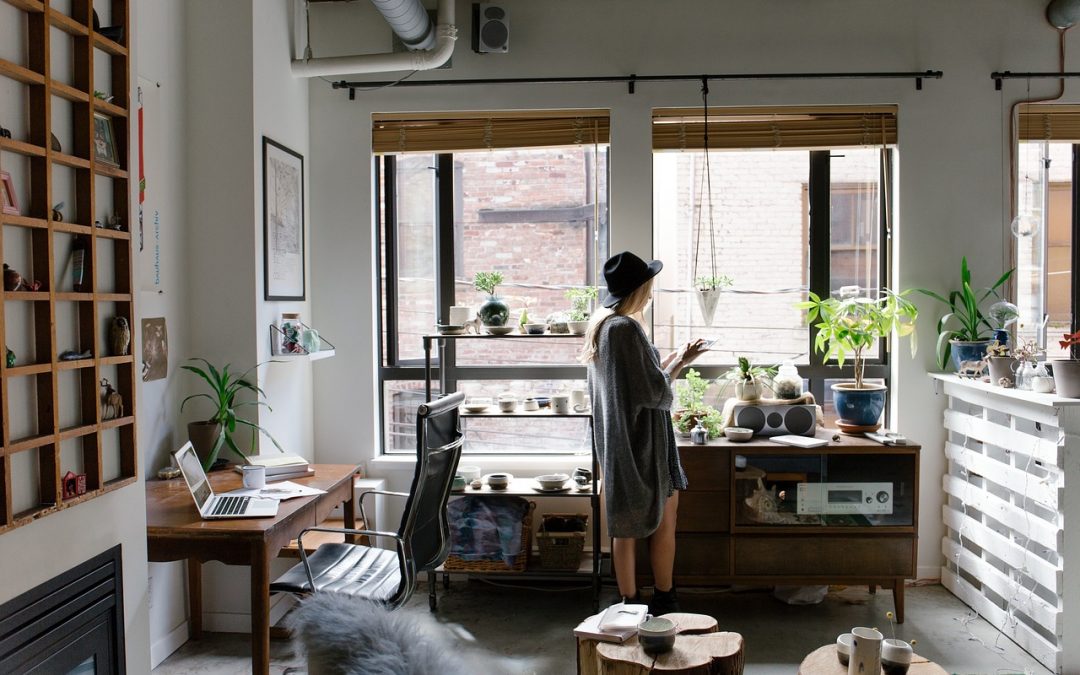In today’s world, homeowners seek more than just functionality; they want living spaces that reflect their personal tastes, lifestyles, and values. The collaboration between the crafts industry and interior design has become one of the most powerful ways to achieve this. By integrating handmade, unique pieces into their projects, interior designers bring warmth and individuality to homes. According to a new survey by ACT Insurance, 66.7% of artists report their peak sales season is from September to November, aligning with the demand for home improvements and decor revamps in preparation for the holidays.
As homeowners increasingly opt for custom, handcrafted decor, the relationship between crafters and designers continues to grow. Both industries stand to benefit from this synergy, as unique pieces breathe life into design projects and allow artists to reach a broader market.
The Rise of Personalization in Home Decor
Interior design trends are moving away from mass-produced furniture and decor, favoring more personalized and handcrafted elements. A report from Houzz found that 58% of homeowners are now willing to invest in custom home decor to create unique, personalized spaces. Additionally, 48% of homeowners plan to decorate their homes as part of their renovations, showcasing the growing focus on home personalization. This highlights the increasing demand for artisan-crafted goods, and it’s no surprise that designers are collaborating more frequently with local makers to bring these one-of-a-kind items into homes.
Incorporating handcrafted decor allows designers to create distinctive textures and features that mass-produced items can’t replicate. This collaboration gives crafters a platform to showcase their work, while designers benefit from offering their clients custom, personalized solutions. The success of this partnership is evident during peak sales seasons, where crafters benefit from increased visibility in home projects.
Financial and Marketing Hurdles for Crafters
Despite the creative opportunities, crafters face significant hurdles. According to the ACT Insurance survey, 40% of artists cite fees and expenses as their biggest challenge, with 38.1% saying they struggle to find customers. As home renovation and interior design projects increase, crafters can benefit from positioning themselves in this growing industry. Many crafters overlook the value of marketing their products as sustainable or eco-friendly, with 70.8% failing to do so, despite growing demand for eco-conscious home decor. Designers who emphasize sustainability in their projects have a chance to align with this untapped market.
Both industries can also take advantage of digital marketing trends. Interior designers frequently use platforms like Instagram and Pinterest to showcase their completed projects, making these platforms a natural extension for collaborations. ACT Insurance’s survey found that 79.3% of crafters already use social media to promote their work, while 72.2% utilize email marketing. Designers who share behind-the-scenes stories about their partnerships with local artists add value and authenticity to their brand, engaging clients who value personalization in their home decor.
The Importance of Event and Online Marketing
Although many crafters still prefer selling at in-person events, such as craft fairs, these can be unpredictable. 71.3% of artists from the ACT’s survey are concerned about events with poor promotion, and 69.5% worry about low attendance. While physical events are valuable, there’s no denying that digital marketing and online sales channels have taken the forefront.
Collaborations between designers and crafters can flourish online, where storytelling is key. As noted by Find The Home Pros, homeowners increasingly look for designers who can integrate personal touches into their projects, such as unique handmade decor. This strong demand for customization makes digital platforms, such as social media, essential for both crafters and designers to showcase their work and connect with clients seeking personalized solutions in home decor.
Key Takeaways for Crafters and Designers
- Collaboration Is Key: By combining handmade crafts with interior design, both industries can offer clients more personalized, unique home decor solutions.
- Emphasize Sustainability: With 70.8% of crafters not marketing their products as eco-friendly, there’s an opportunity to cater to the rising demand for sustainable, handcrafted items.
- Leverage Digital Tools: Platforms like Instagram and Pinterest provide excellent visibility for both designers and crafters. By sharing collaborative projects online, designers can showcase their partnerships and reach a broader audience.
About ACT Insurance and Their Methodology
ACT Insurance (Artists, Crafters, and Tradesmen Insurance) provides tailored insurance policies for artists, crafters, and tradespeople. Their coverage includes general and product liability, offering protection for creators whether they’re selling at events, online, or partnering with interior designers.
This article is based on a survey conducted by ACT Insurance, which gathered responses from over 1400 small business owners in the arts and crafts industry, all based in the United States. For more insights, access the full study here.

Recent Comments